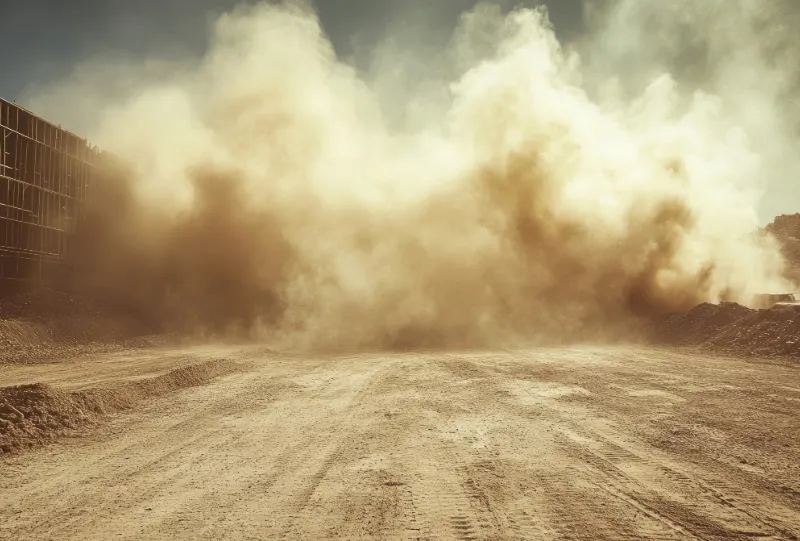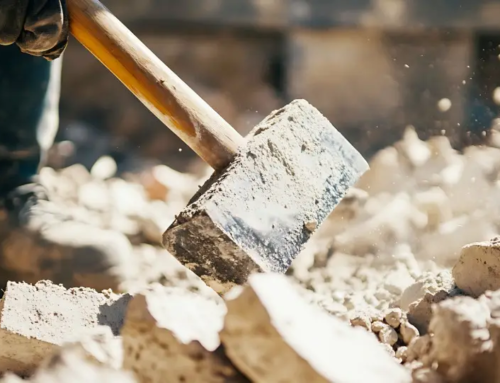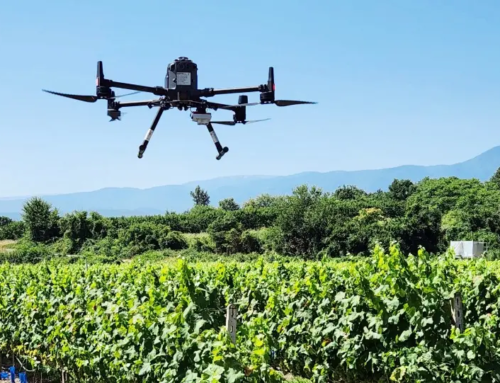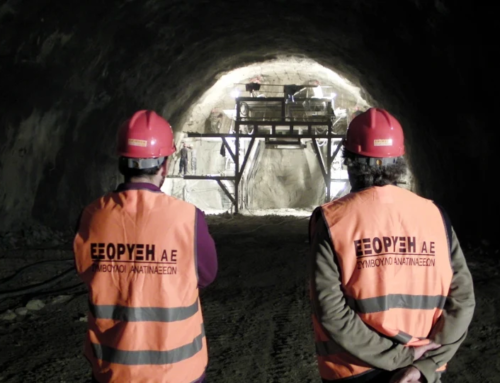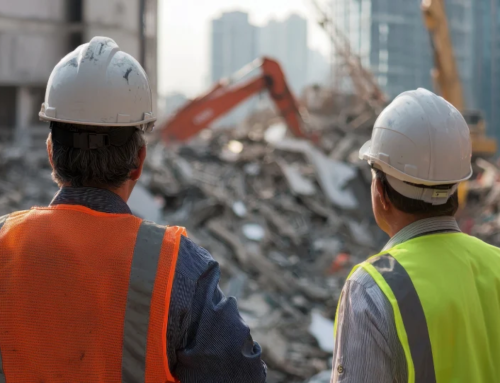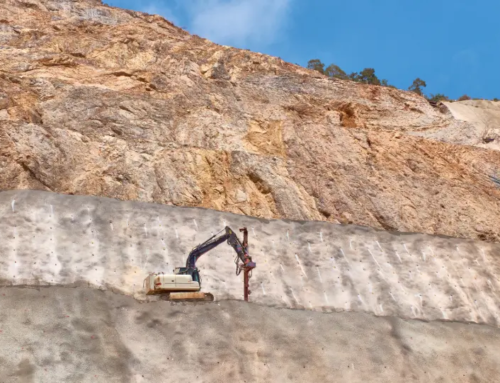T Controlled blasting is a necessary process in demolition, mining, infrastructure and industrial applications.
Controlled blasting is a necessary process in demolition, mining, infrastructure and industrial applications. Although they are precisely designed, they always have a degree of environmental impact. From vibrations and noise to dust and pollutant emissions, the environmental impact of blasting is an issue of great concern to both companies and local communities.
The good news? Today, technology and modern practices offer solutions that significantly reduce impacts, ensuring that the balance between progress and environmental protection can be achieved.
What are the main environmental impacts of blasting?
- Ground vibrations
Explosions create seismic waves that can cause damage to buildings, infrastructure, or even sensitive ecosystems. - Noise
The loud explosions affect the quality of life of residents and animals in the area. - Dust and suspended particles
The breakdown of rocks and materials releases dust, which can create problems in the atmosphere and respiratory health. - Water pollution
In areas with groundwater or rivers, there is a risk of materials or chemicals being transported into the aquifer. - Impacts on flora and fauna
Intense vibration and noise can disrupt ecosystems, leading to temporary or permanent changes.
Παράγοντες που επηρεάζουν τον βαθμό του περιβαλλοντικού αντίκτυπου
- The power and quantity of explosives.
- The geology of the soil (e.g. whether the rock is soft or hard).
- The distance from populated areas or natural ecosystems.
- Weather conditions, which affect the dispersion of dust and noise.
How can the environmental impact of blasting be limited?
- Accurate geotechnical study
It allows the calculation of the optimal amount of explosives, minimizing vibrations and noise. - Use of modern explosives
The new materials are "cleaner" and better control the intensity of the explosion. - Blasting scheduling
Choosing times with less disturbance to residents and local wildlife. - Dust suppression systems
Spraying with water or special additives to reduce dust in the air. - Monitoring with sensors
Use of special instruments to record vibrations and noise, in order to comply with safety limits. - Environmental restoration
After the completion of the project, planting, landscape restoration and protection of water resources are planned.
Examples of good practices internationally
- In large infrastructure projects (tunnels, dams), multiple small explosions are used instead of one large one, in order to limit vibrations.
- Special blast mats are used to reduce the dispersion of fragments and dust.
- The integration of IoT technologies helps in real-time monitoring of the environmental footprint.
The importance of social acceptance
Beyond technical measures, the success of a project also depends on informing the local community. Residents who know how a blasting operation is carried out, what measures are taken and what the benefits are, feel more secure and confident.
The environmental impact of controlled blasting is real, but it can be significantly reduced with proper preparation, technological tools and a responsible attitude. Companies that invest in modern methods not only protect the environment, but also strengthen their credibility in the market.
Progress and nature protection do not have to conflict. They can coexist, as long as the blasting is done with respect and responsibility.
Contact the Exorixi team today to guide you with safety, experience and responsibility.
See more about the demolition services we offer or contact us to analyze the needs of your project.
For more information about the operations of our company and our services , you can visit our services page and contact us to find the solution that best suits your needs.
Here you can see some projects undertaken and completed by our company.
Here you can see some videos of our company.
